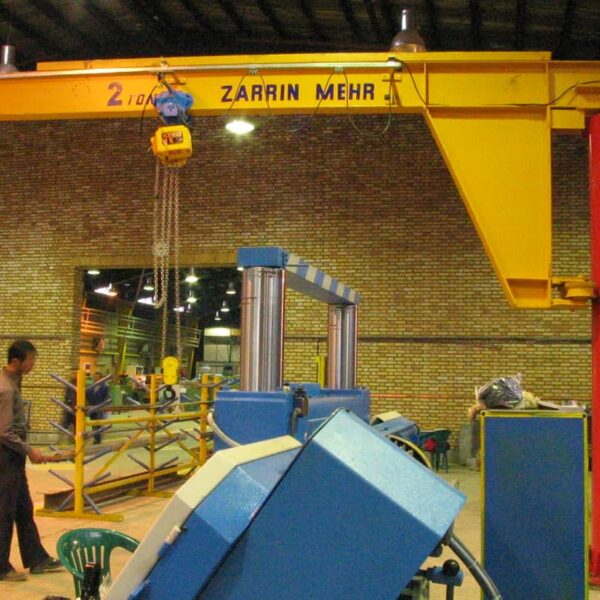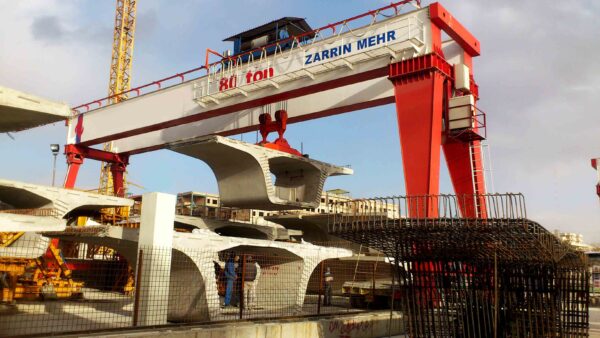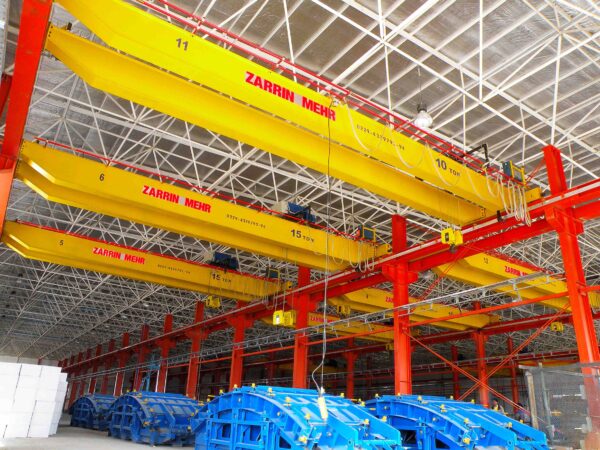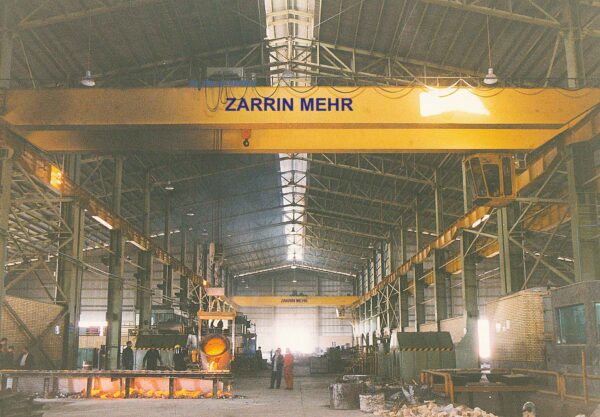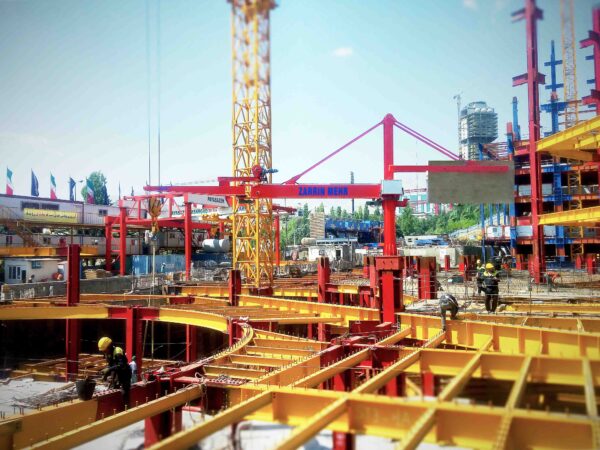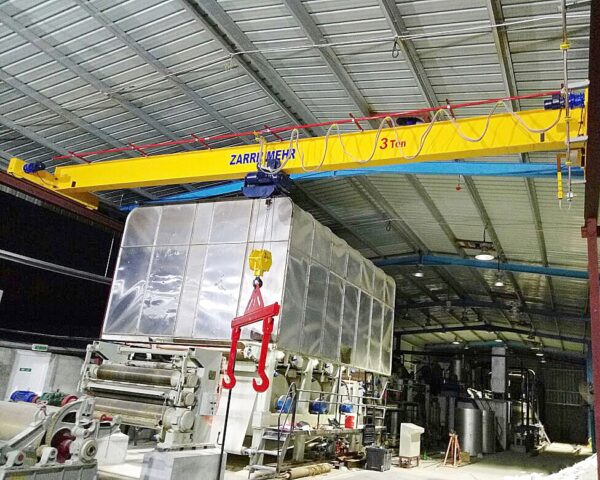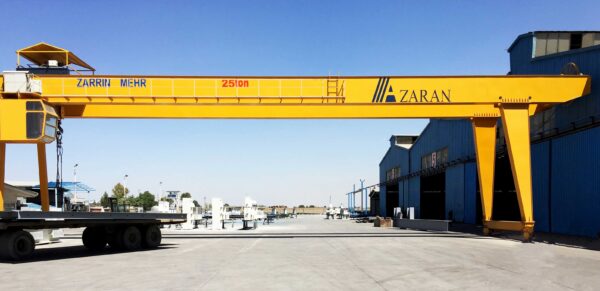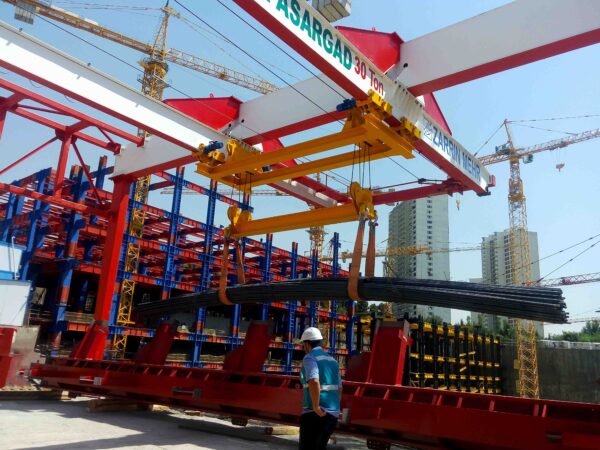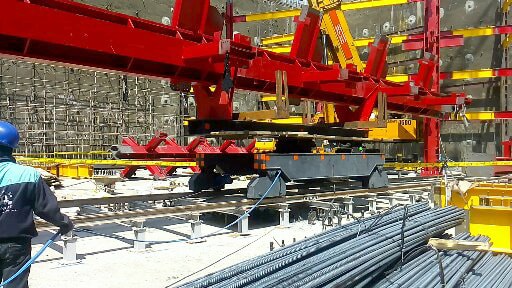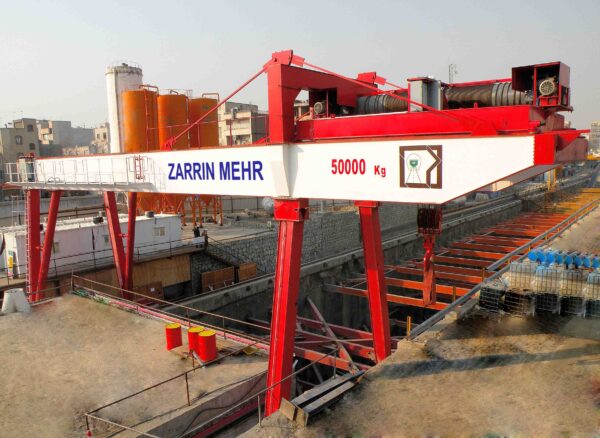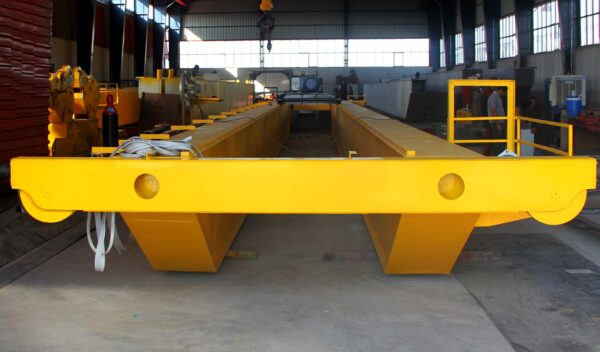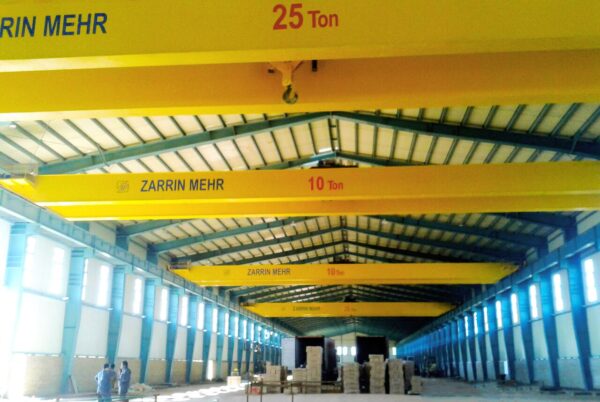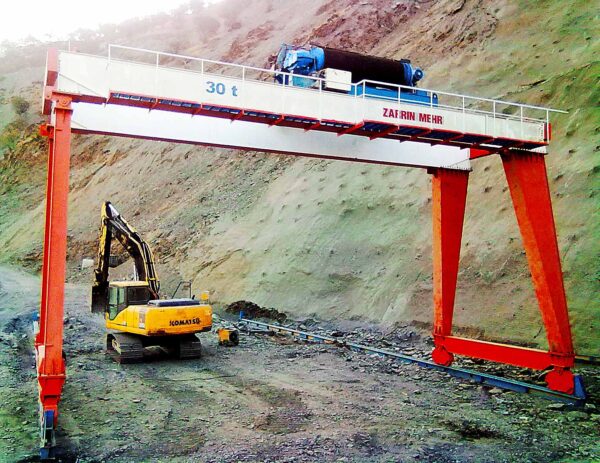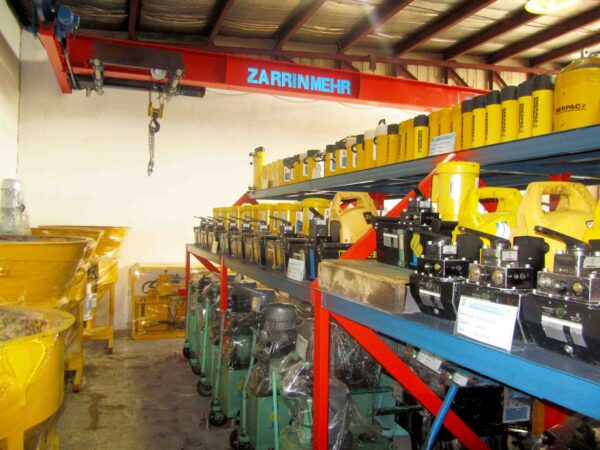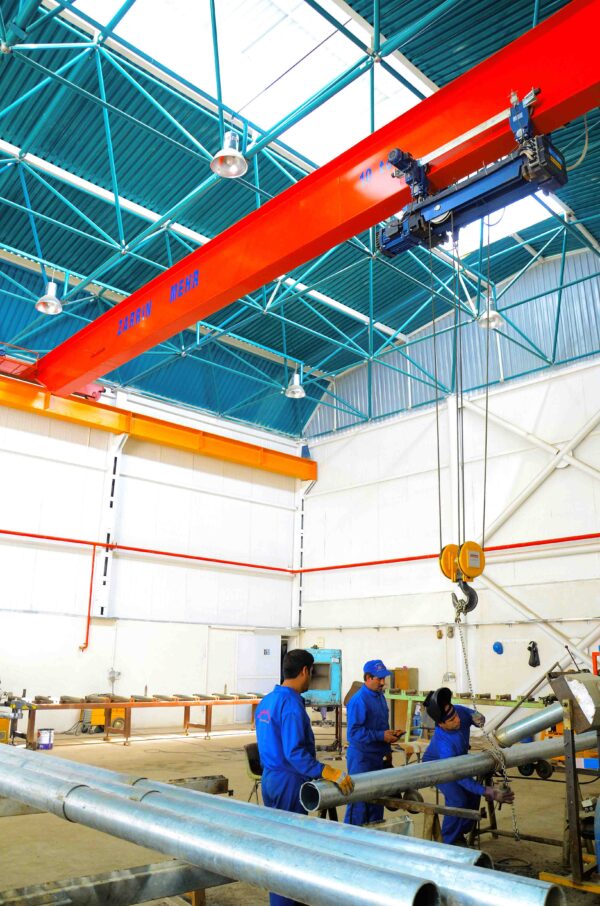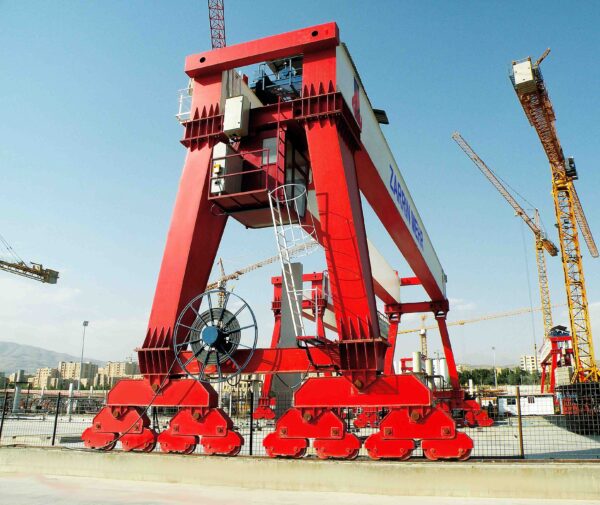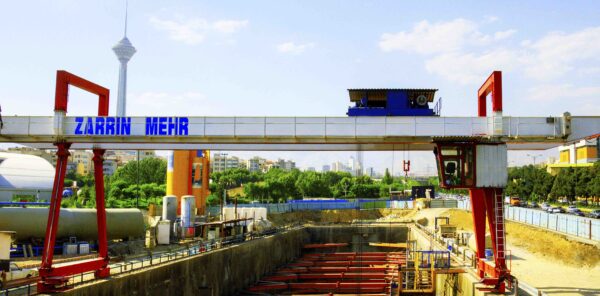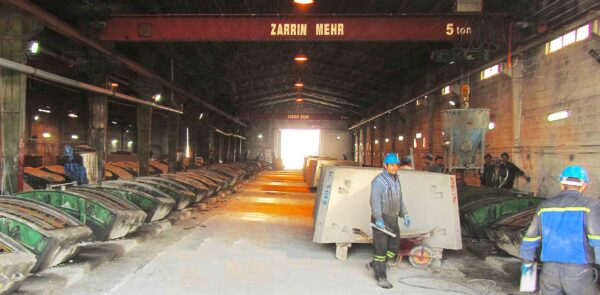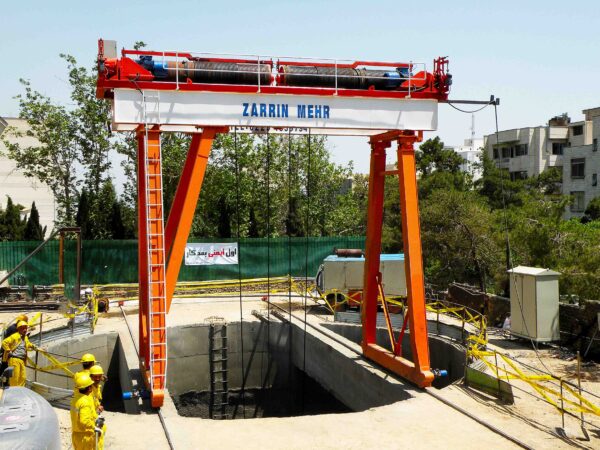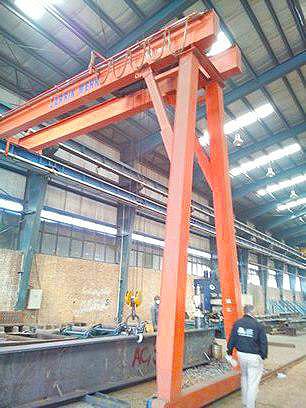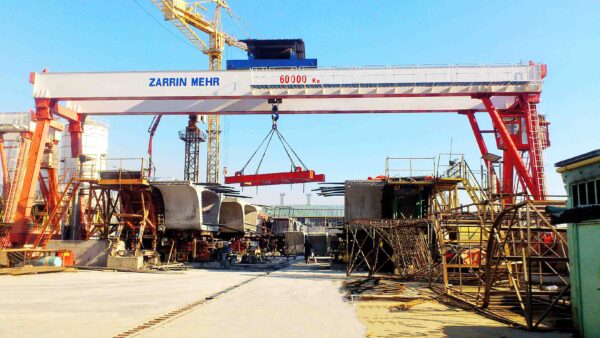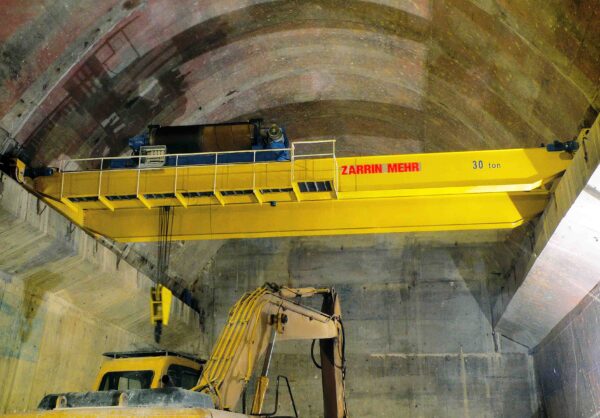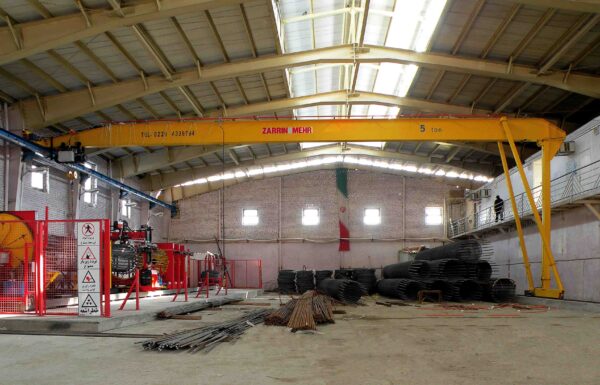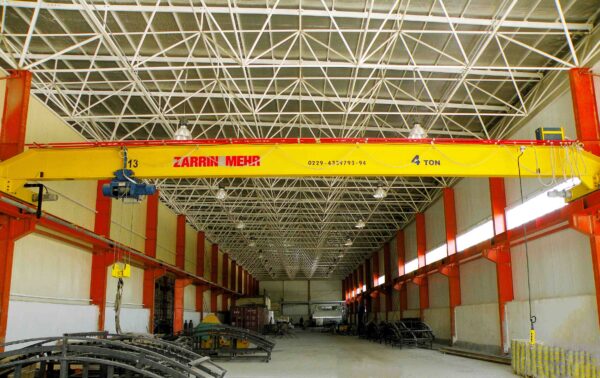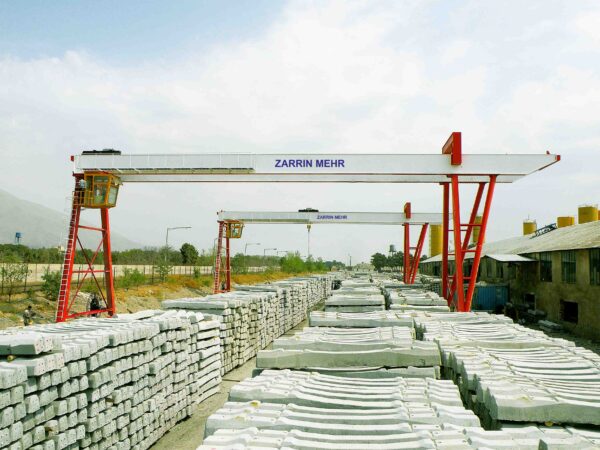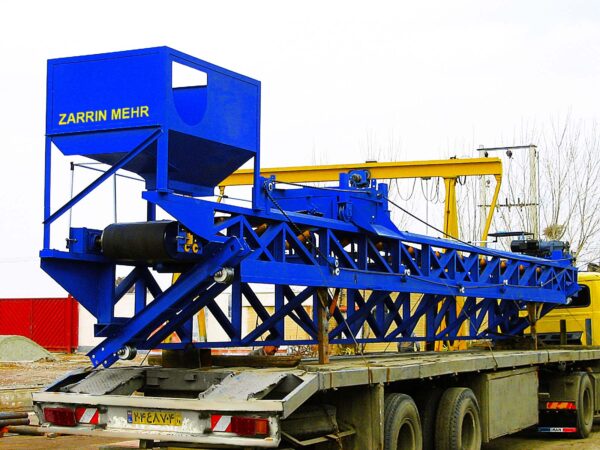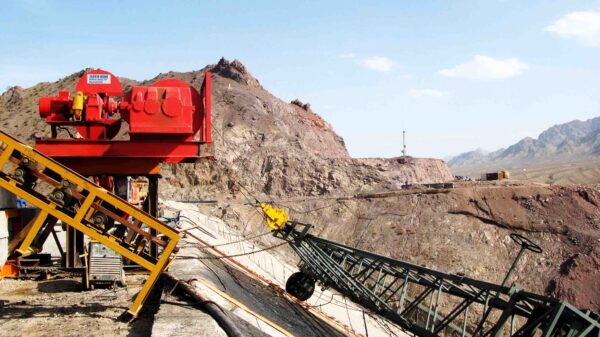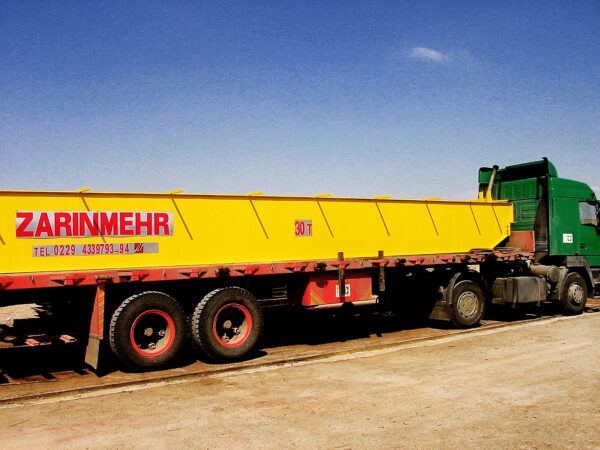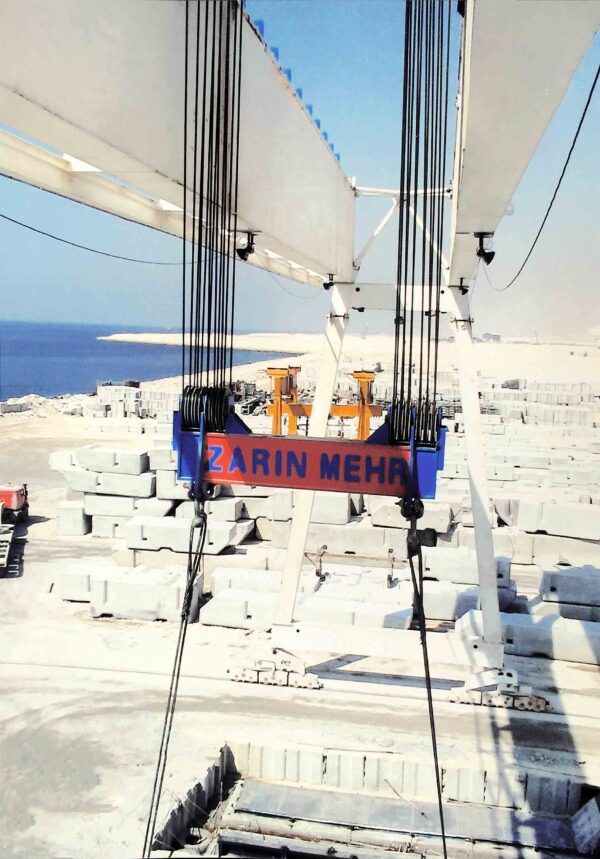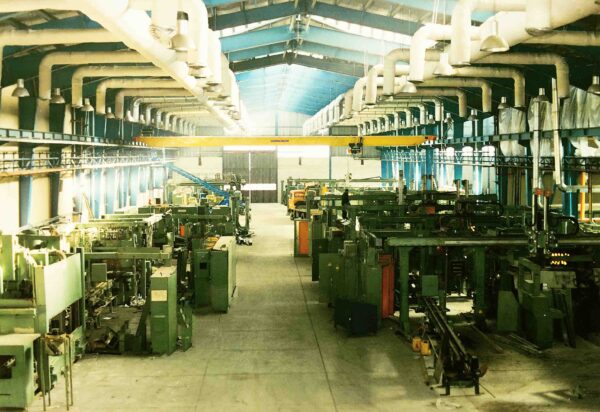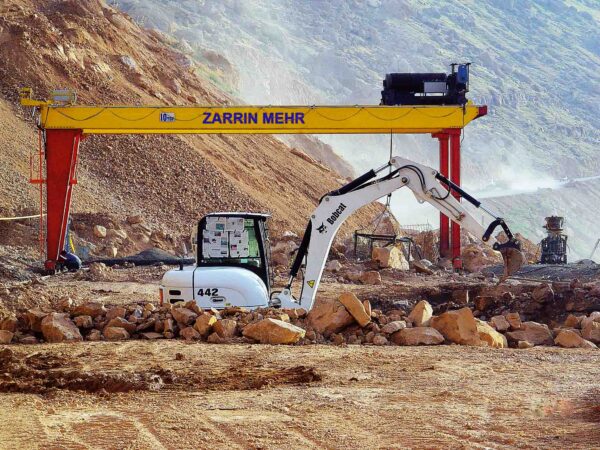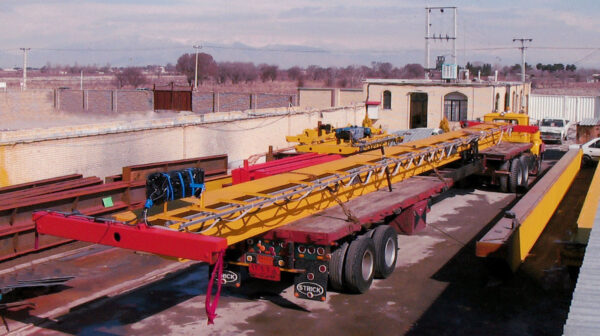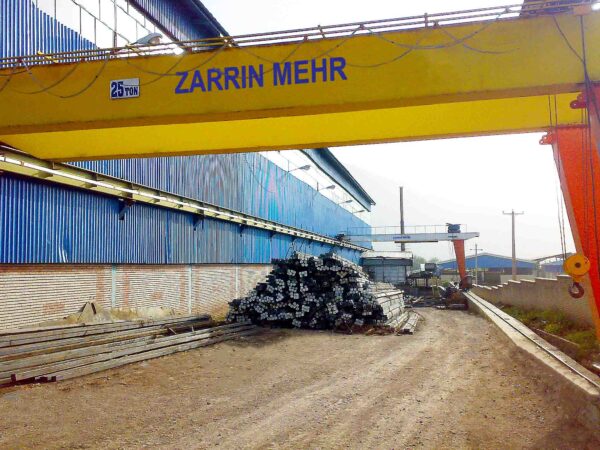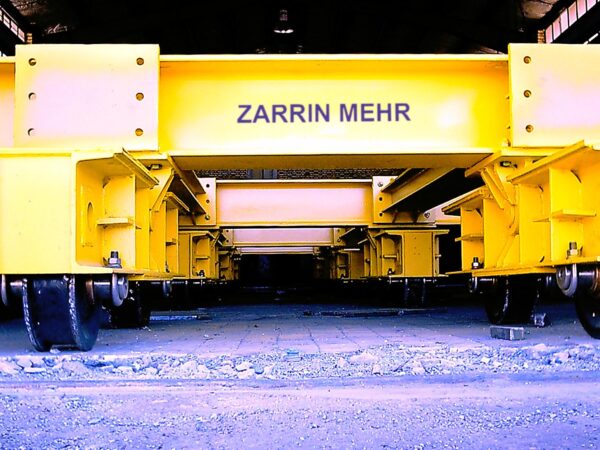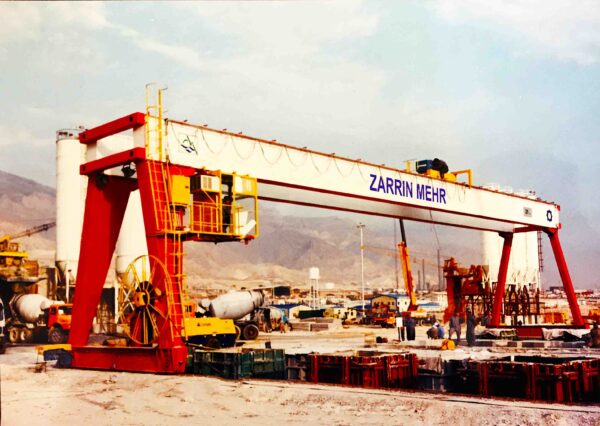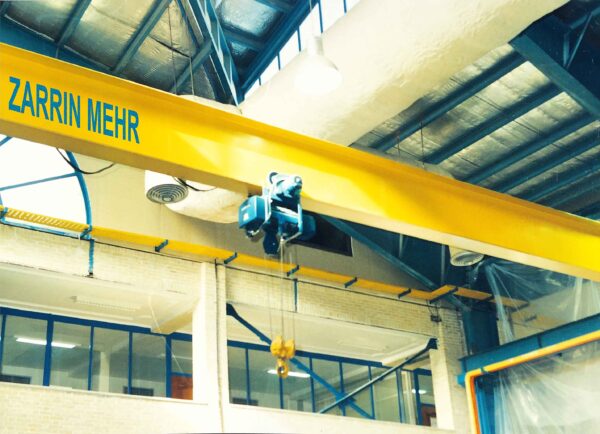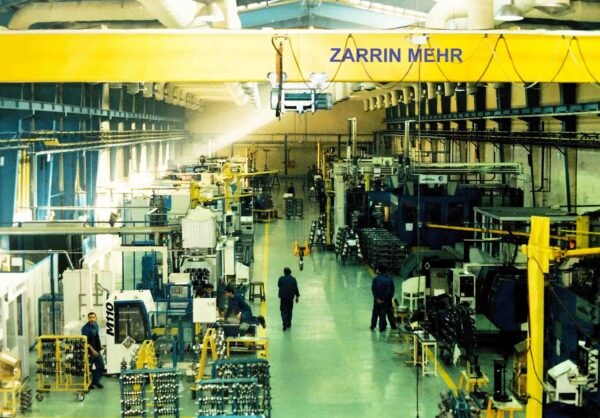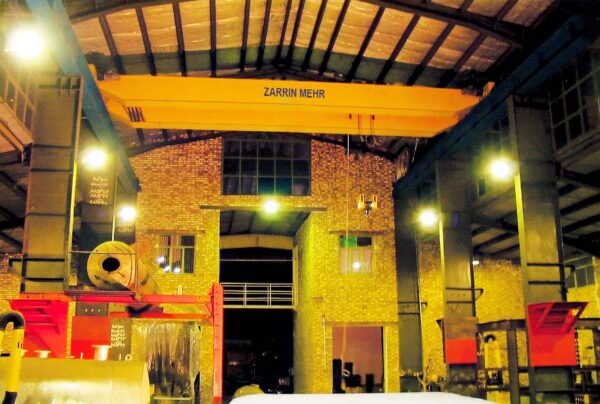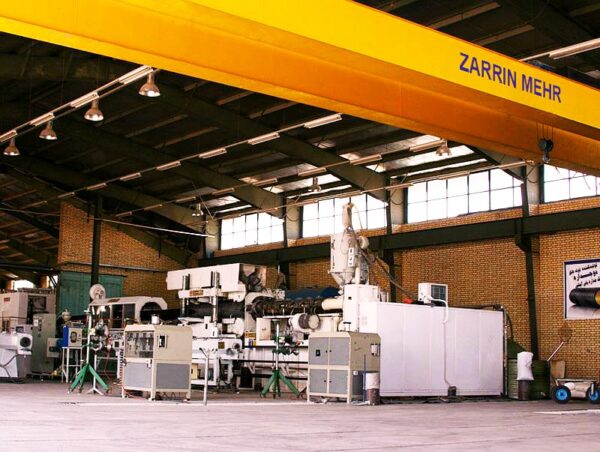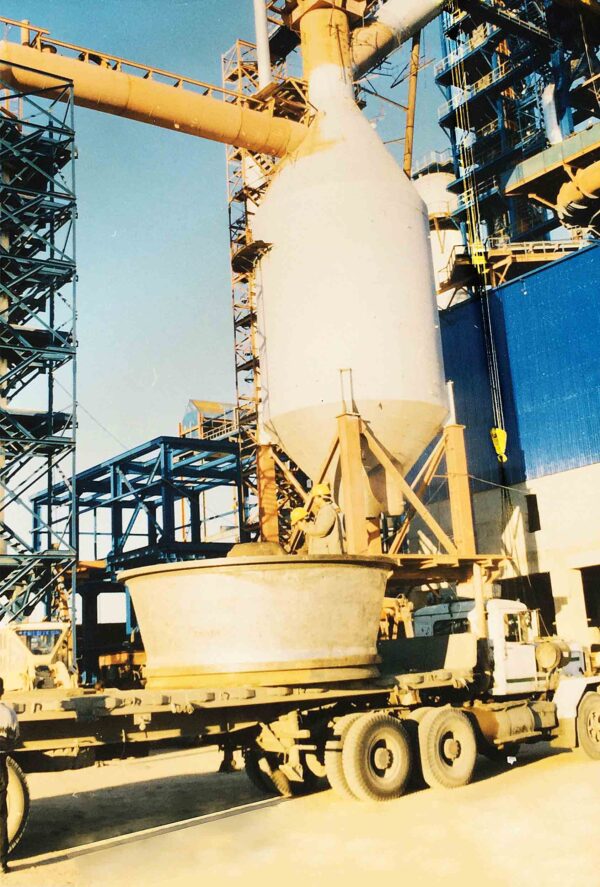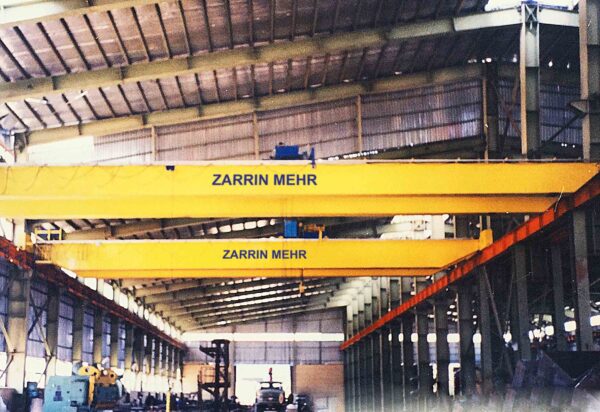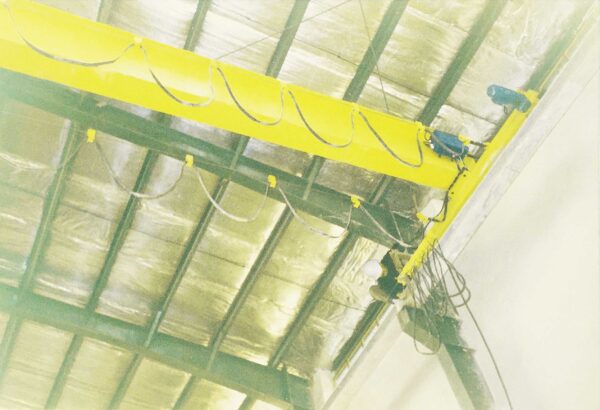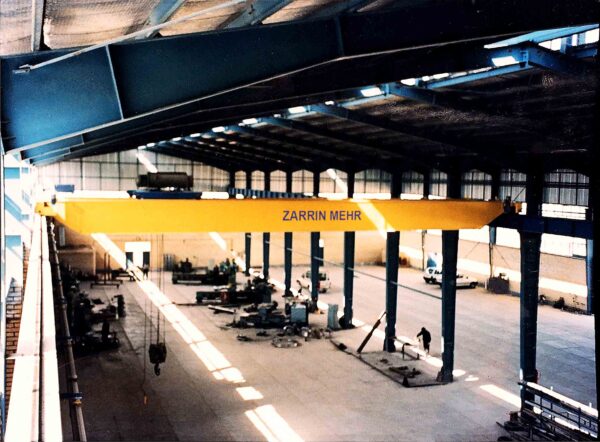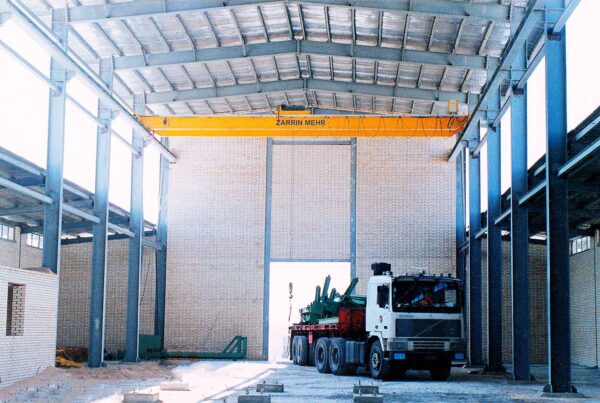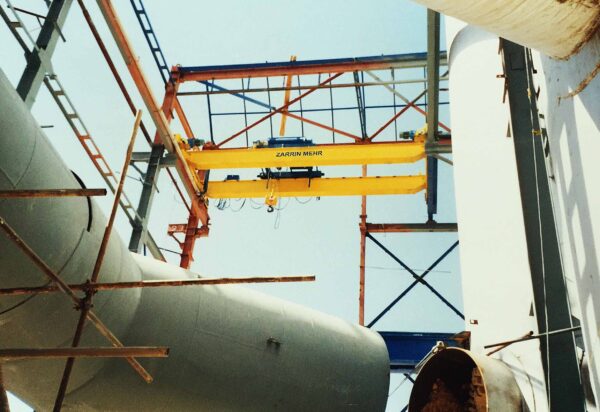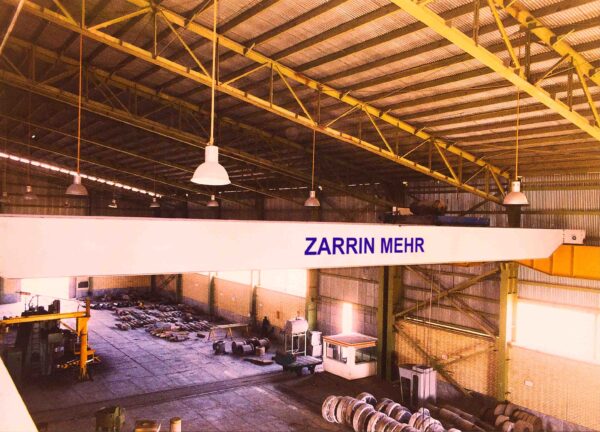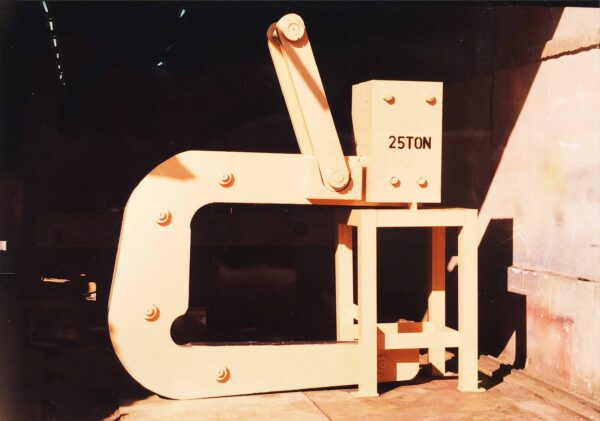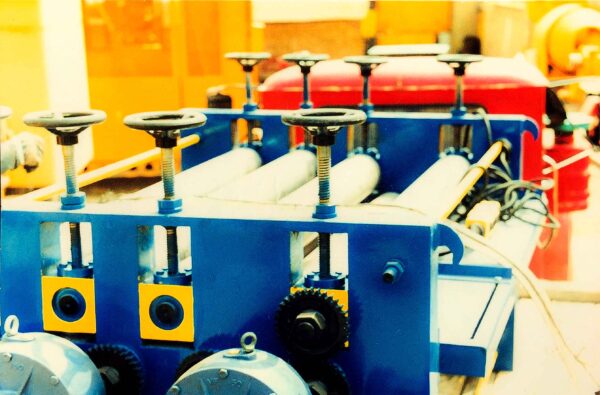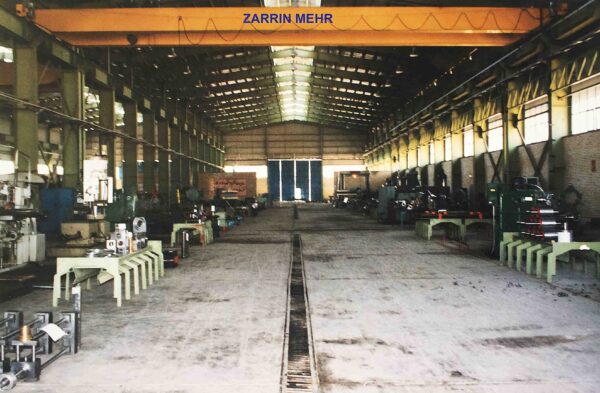The power source for a gantry crane can vary depending on its design, the environment it operates in, and its intended usage. Here are some common power options:
Manual
- Hand-Operated: In smaller, portable gantry cranes, the hoist may be operated manually, typically using a hand chain or lever. The trolley and even the gantry itself might also be moved manually.
Electric
- AC Power: Most industrial gantry cranes are powered by standard alternating current (AC) electrical systems. They usually require a direct connection to the facility’s electrical grid.
- DC Power: Some specialized cranes may use direct current (DC) for specific functionalities, although this is less common.
Pneumatic
- Compressed Air: In environments where the use of electricity is not safe, such as in chemical plants or explosive atmospheres, pneumatic hoists powered by compressed air may be used.
Hydraulic
- Hydraulic Systems: Rarely, some heavy-duty gantry cranes may use hydraulic systems for lifting, although this is more common in other types of cranes.
Battery-Operated
- Rechargeable Batteries: Some smaller, mobile gantry cranes can be battery-powered for operations where an electrical outlet is not readily available.
Multi-Power Source
- Combination: In some cases, cranes are designed to operate using multiple power sources. For example, the trolley might be electrically powered while the hoist is pneumatic.
Factors to Consider:
- Power Availability: The availability of power outlets, electrical capacity of the facility, and so on.
- Safety: In hazardous environments, electric power may not be safe, making pneumatic or manual options more suitable.
- Operation Time: Battery-operated and manual systems may not be suitable for continuous, heavy-duty operations.
- Cost: Electric systems generally have lower operating costs than pneumatic systems but may have higher initial installation costs, especially if electrical upgrades are needed.
- Efficiency: Electric and pneumatic systems are generally faster and more efficient than manual systems, especially for heavier loads.
- Mobility: If the crane needs to be mobile, battery-operated or manually powered systems offer the most flexibility.
- Environmental Impact: Electric systems, especially those powered by renewable energy, are generally more environmentally friendly than pneumatic systems, which require compressors and may have higher emissions.
It’s essential to consult with experts, including electrical engineers and safety consultants, when choosing the power source for your gantry crane to ensure it meets your operational requirements and complies with safety regulations.


